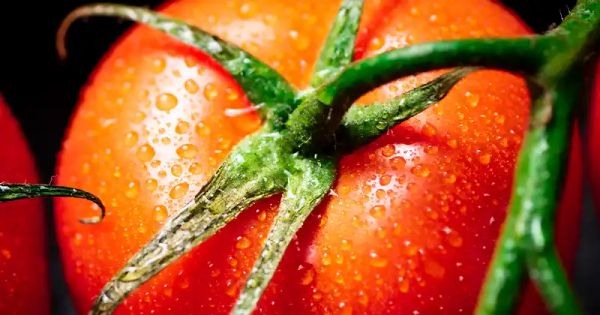Tomatoes are a beloved addition to any garden, celebrated for their mouthwatering taste and versatility. However, the key to unlocking their full potential lies in harvesting them at the perfect time and employing the right techniques. In this friendly guide, we will take you through the best practices for harvesting tomatoes, so you can savor their deliciousness and keep them fresh for as long as possible.
When is the Best Time to Harvest Tomatoes?
Contrary to popular belief, the ideal time to pick tomatoes is not always when they are fully red. Let’s break down the optimal stages for harvesting:
Breaker Stage
Tomatoes should ideally be harvested at the “breaker” stage, when they start to transition from green to a soft blush of pink or orange. At this point, they are about 50% green and 50% pink. Harvesting them during this stage offers several benefits:
- Protection from Pests: Leaving tomatoes to ripen fully on the vine makes them more vulnerable to pests and diseases.
- Reduced Splitting: Tomatoes that ripen on the vine have a higher risk of splitting due to excess water or over-ripeness.
Light Red Stage
If you prefer slightly riper tomatoes, you can allow them to reach the orange or light red stage before harvesting. These tomatoes will continue to ripen indoors, but with a head start that ensures they develop their full flavor without any risks associated with over-ripening on the vine.
How to Harvest Tomatoes
The method of harvesting also plays a significant role in preserving the longevity and taste of your tomatoes. Follow these simple steps to ensure the best results:
Use Clean, Sharp Tools
It’s essential to use clean, sharp scissors or pruners when cutting the tomatoes from the vine. This minimizes damage to both the fruit and the plant, reducing the risk of disease.
Leave a Little Stem
When cutting the tomato from the vine, make sure to leave a small piece of the stem attached. This helps the tomato stay fresh longer by reducing the entry points for bacteria and fungi.
Handle with Care
Tomatoes are delicate and prone to bruising, which can lead to quicker spoilage. Handle them gently, placing them carefully into a basket or container. Avoid stacking them too high, as the weight can cause bruising.
Storing Harvested Tomatoes
Proper storage after harvesting is crucial for maintaining the flavor and freshness of your tomatoes. Here’s how to do it right:
Room Temperature Ripening
Allow your tomatoes to ripen fully at room temperature. Place them in a single layer, ideally in a cool, dry spot away from direct sunlight. This will allow them to develop their full flavor and color.
Refrigeration (When Necessary)
Once your tomatoes have reached their desired ripeness, you can store them in the refrigerator to extend their shelf life. However, it’s important to note that refrigeration can sometimes affect their texture and flavor. To mitigate this, take them out of the fridge a few hours before use, allowing them to return to room temperature. This will help restore some of their original taste and texture.
Avoiding Moisture
During storage, it’s crucial to keep your tomatoes dry. Excess moisture can lead to mold and rot. If you need to wash them before storing, make sure they are completely dry before placing them in the fridge.
By harvesting your tomatoes at the right stage and implementing the correct methods, you can enjoy delicious, fresh tomatoes for an extended period. Remember to pick them at the breaker or light red stage, leave a little stem attached, and handle them with care. Proper storage, including room temperature ripening and careful refrigeration, will ensure that your tomatoes remain the standout stars of your garden’s bounty. Happy gardening!




